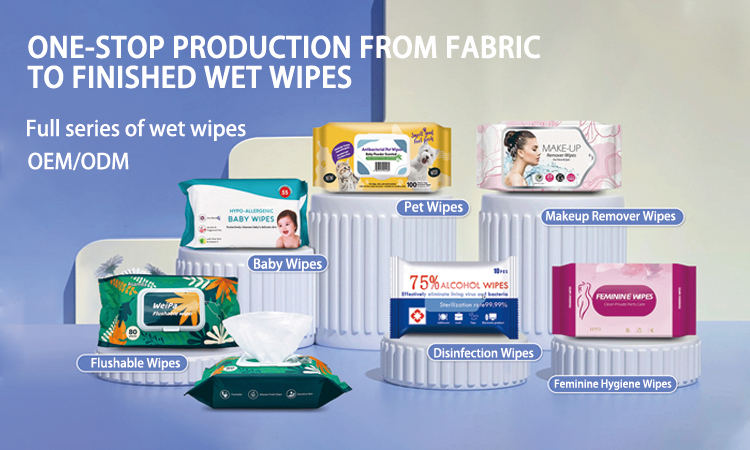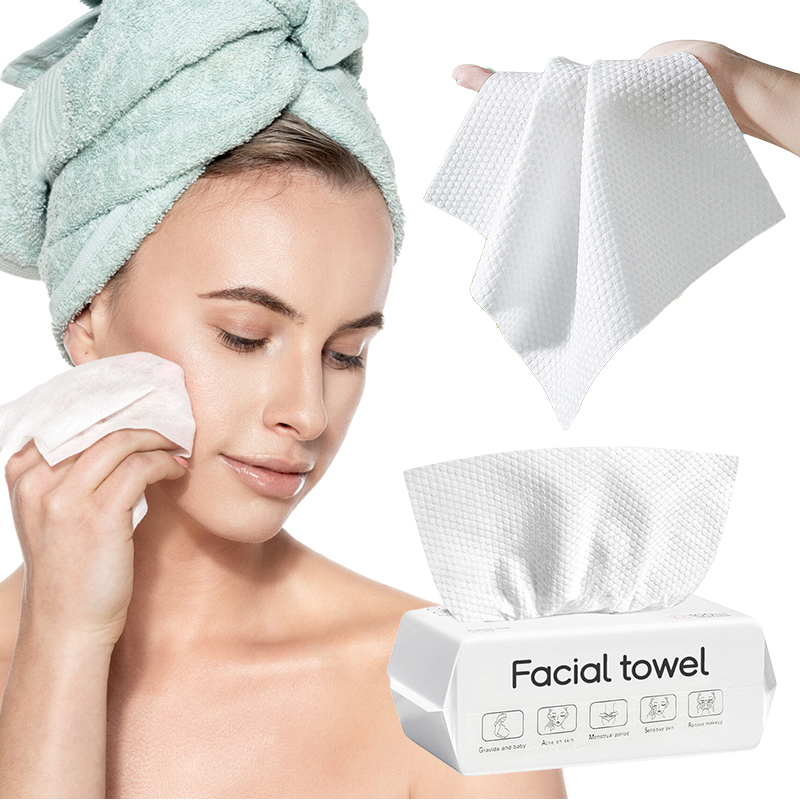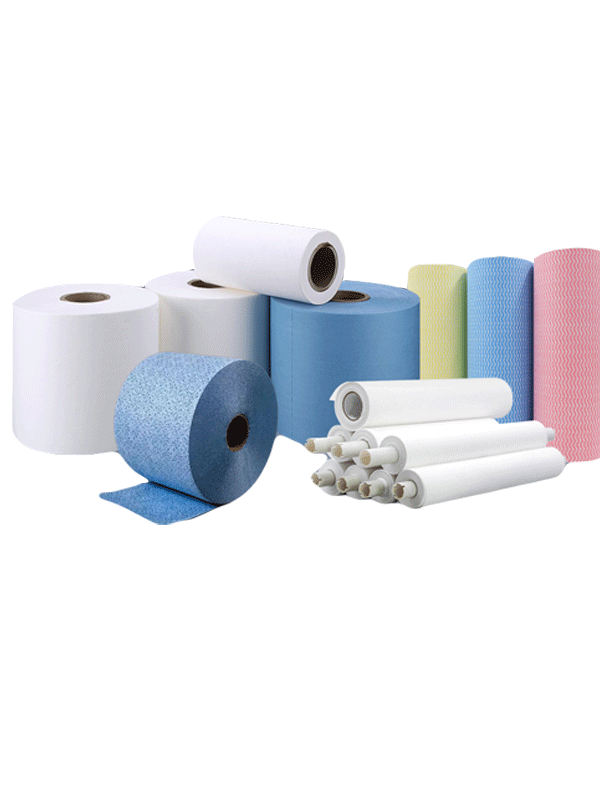Meta Description:
Explore the diverse applications of spunlace non woven fabric — from wet wipes and cosmetic pads to medical gowns and industrial cleaning cloths. Learn why this hydroentangled material is valued for softness, durability, and eco-friendly potential.
What Is Spunlace Non Woven Fabric?
Spunlace non woven fabric, also called hydroentangled fabric, is produced by high-pressure water jets that interlace fibers into a stable web.
Unlike chemical bonding or thermal fusing, this process creates a binder-free fabric with excellent softness, absorbency, and strength.
Because of its gentle texture and reliable structure, spunlace is widely used in personal care, healthcare, household, and industrial applications.
Main Applications of Spunlace Non Woven
1. Wet Wipes and Personal Care Products
Spunlace non woven is the top choice for baby wipes, personal cleansing wipes, and feminine hygiene wipes.
The material’s smooth surface, softness, and lint-free quality make it suitable for delicate skin.
Recent global search interest in terms like “spunlace nonwoven wipes” and “biodegradable wet wipes” reflects growing attention to skin safety and environmental protection.
2. Medical and Healthcare Products
In hospitals and clinics, spunlace fabric is used for surgical gowns, drapes, medical packaging, and absorbent pads.
Its clean fiber structure ensures high hygiene standards and good breathability.
Compared with spunbond polypropylene, spunlace offers greater comfort, making it popular for patient-contact products.
3. Cosmetic and Beauty Applications
Beauty and skincare brands prefer spunlace for makeup remover pads, facial tissues, and sheet masks.
The even fiber distribution allows for smooth application and consistent liquid release.
Manufacturers can tailor the blend (viscose, polyester, or wood pulp) to control softness and absorbency — important factors in cosmetic use.
4. Industrial and Cleanroom Wipes
In industrial environments, spunlace non woven is used for machinery cleaning, equipment maintenance, and electronic assembly.
It offers low lint generation, high tensile strength, and chemical resistance, preventing fiber residue on sensitive surfaces.
Search volume for “industrial spunlace wipes” and “cleanroom nonwoven wipers” has remained strong, driven by manufacturing and electronics sectors.
5. Automotive, Furniture, and Technical Applications
Spunlace materials are also utilized in automotive interiors, filters, upholstery liners, and disposable bedding.
They combine textile-like comfort with high structural integrity, and can be laminated or coated for enhanced performance.
Advantages of Spunlace Fabric
-
1.Soft and skin-friendly: Ideal for baby wipes, masks, and personal care products.
-
2.High absorbency: Quickly soaks up water and liquids without tearing.
-
3.Low lint: Suitable for cleanroom and industrial cleaning.
-
4.Customizable composition: Blends of wood pulp, viscose, and polyester for specific needs.
-
5.Eco-friendly options: Biodegradable or compostable versions are available.
Searches for “biodegradable spunlace” and “wood pulp nonwoven fabric” continue to grow, signaling a market shift toward sustainable nonwovens.
Choosing the Right Spunlace Fabric
When selecting a spunlace non woven fabric, key parameters include:
-
1.Weight (GSM): 30–45gsm for cosmetic and facial use; 50–70gsm for wet wipes; 80–120gsm for industrial cleaning.
-
2.Fiber blend:
-
2.1 Viscose/polyester for softness and strength.
-
2.2 Wood pulp/polyester for high absorbency and low lint.
-
2.3 Fully viscose or lyocell for biodegradable performance.
-
-
Application: Personal hygiene, healthcare, or technical cleaning.
Each composition offers a different balance between comfort, absorption, and cost efficiency.
Current Search Trends and Market Insights
In the past year, global searches for the following phrases have shown strong growth:
-
1.spunlace nonwoven wipes market
-
2.hydroentangled fabric for medical use
-
3.biodegradable spunlace nonwoven
-
4.spunlace vs needlepunched nonwoven
These reflect increased demand from the personal care, medical, and eco-friendly product sectors, making spunlace one of the most discussed nonwoven materials in 2024–2025.
Frequently Asked Questions (FAQ)
Q1: Can spunlace nonwoven be used for baby wipes?
Yes. Its soft texture, high water absorption, and lint-free surface make it perfect for baby and personal care wipes.
Q2: What makes spunlace different from other nonwovens?
Spunlace is made by hydroentangling fibers with water jets, not by heat or glue. This gives it superior softness and strength compared to thermally bonded fabrics.
Q3: Is there a biodegradable spunlace option?
Yes. Spunlace fabrics made from viscose, wood pulp, or lyocell are biodegradable and suitable for sustainable product lines.
Contact Us for Custom Solutions
We supply spunlace non woven fabrics in various weights and compositions to suit your production requirements.
Whether you need materials for wet wipes, surgical gowns, or industrial wipers, our team can support your customization needs.
Email: lita@fjxmmx.com
Please include your application type, GSM range, and required quantity for a prompt quotation.
Conclusion
Spunlace non woven fabric remains one of the most versatile and in-demand materials in the nonwoven industry.
Its balance of softness, absorbency, strength, and eco-compatibility makes it ideal for applications ranging from hygiene to industry.
With growing global attention to biodegradable spunlace and sustainable production, its market outlook continues to expand.
Post time: Oct-16-2025



